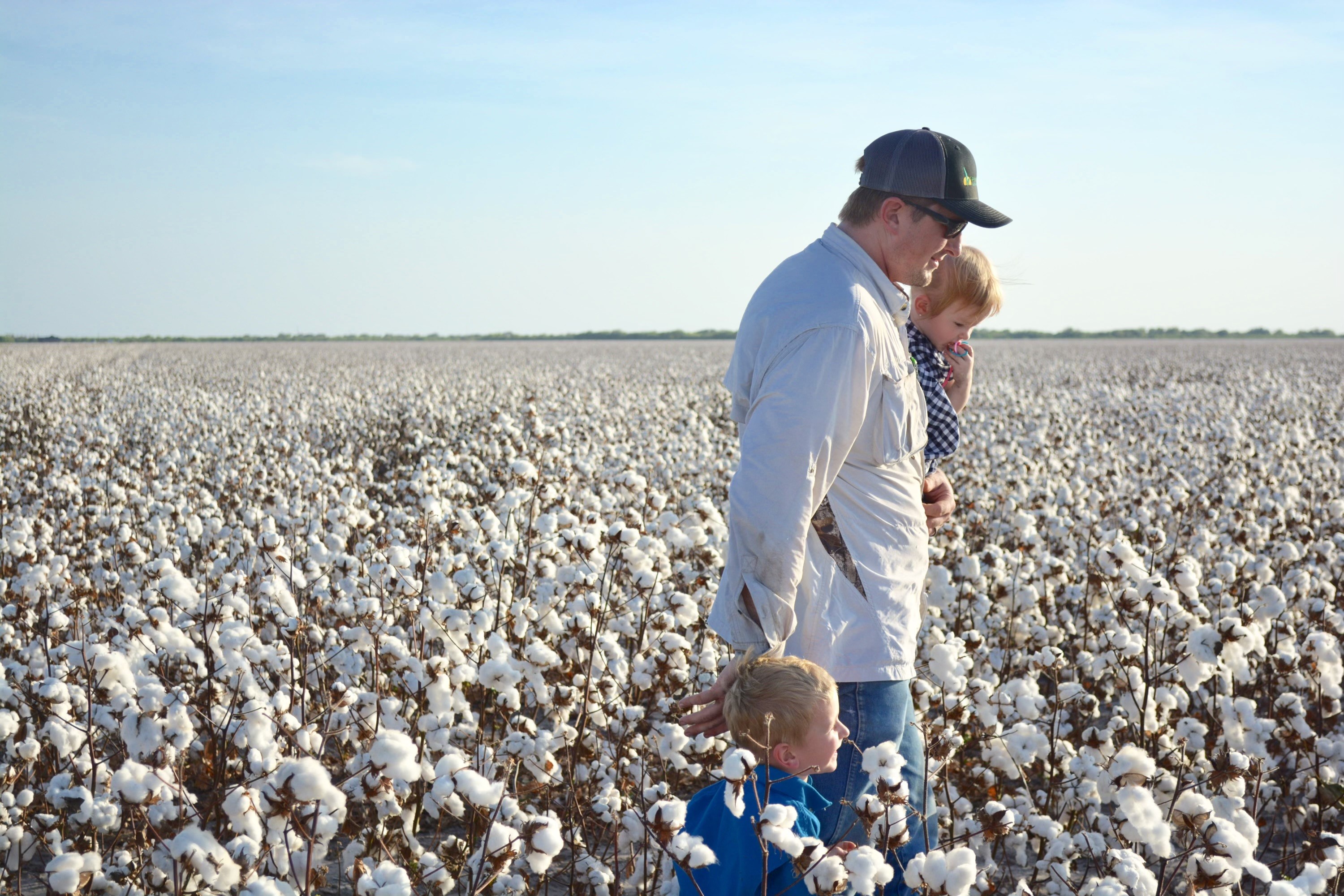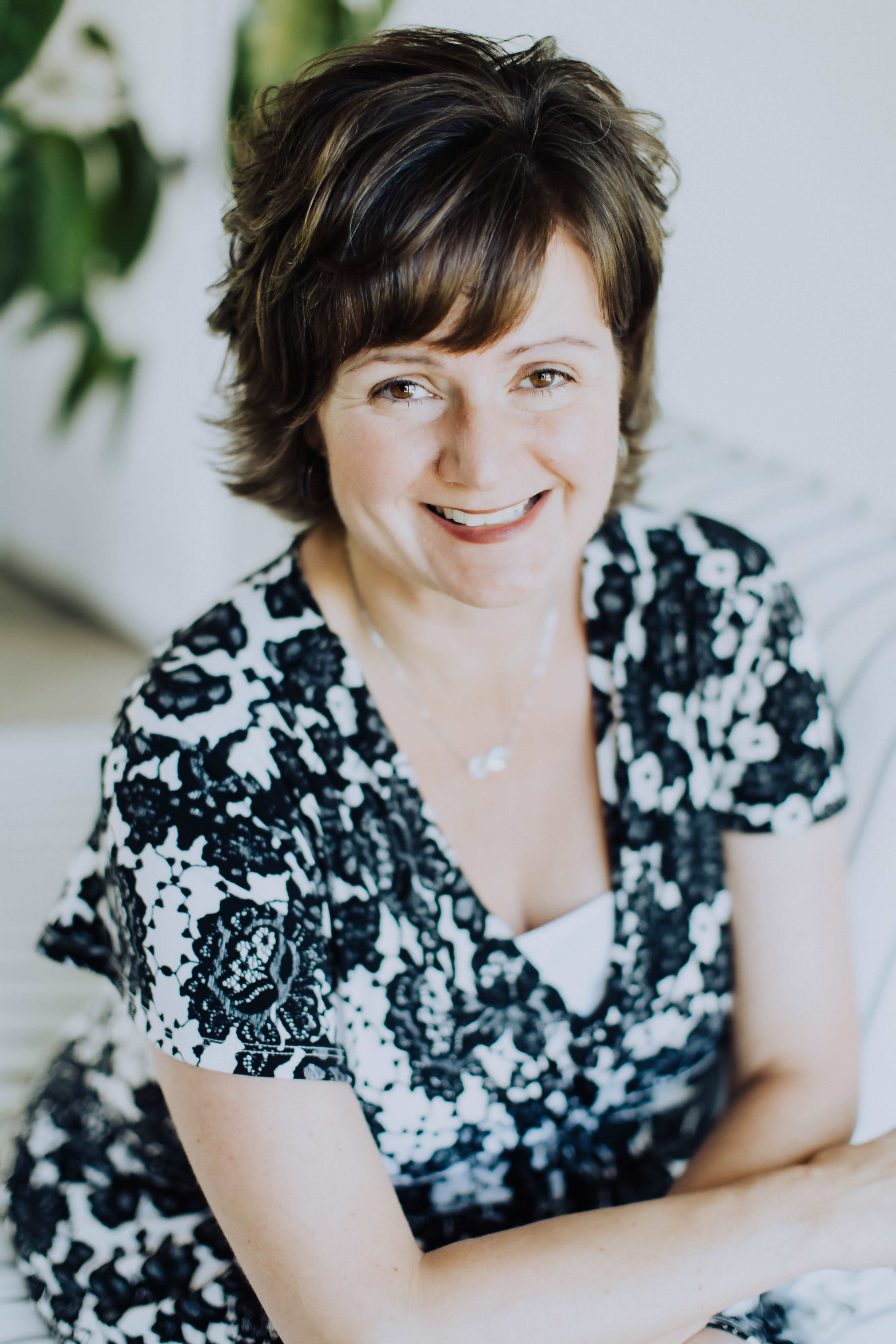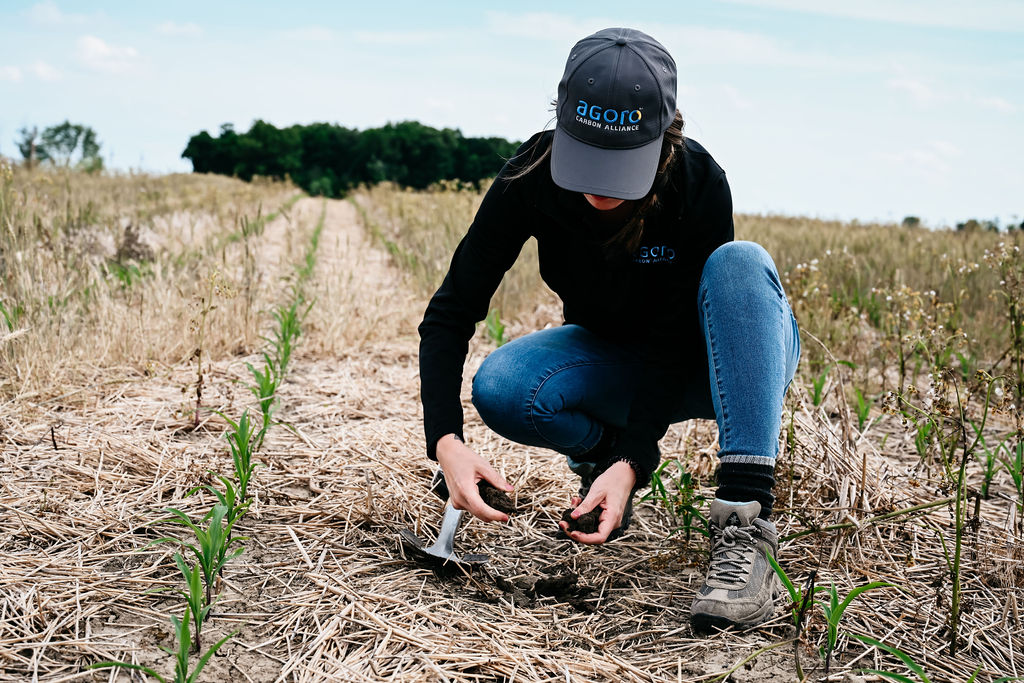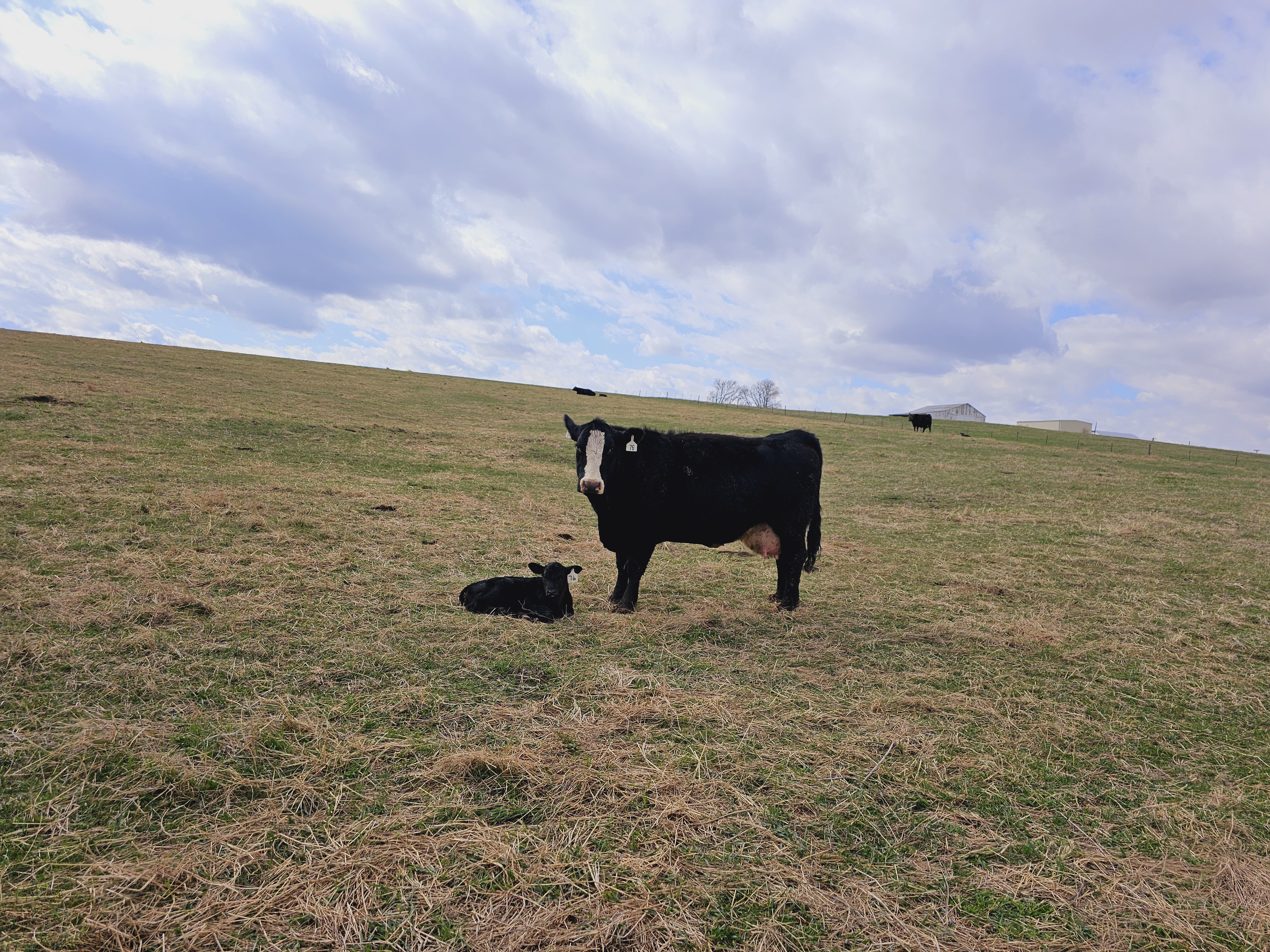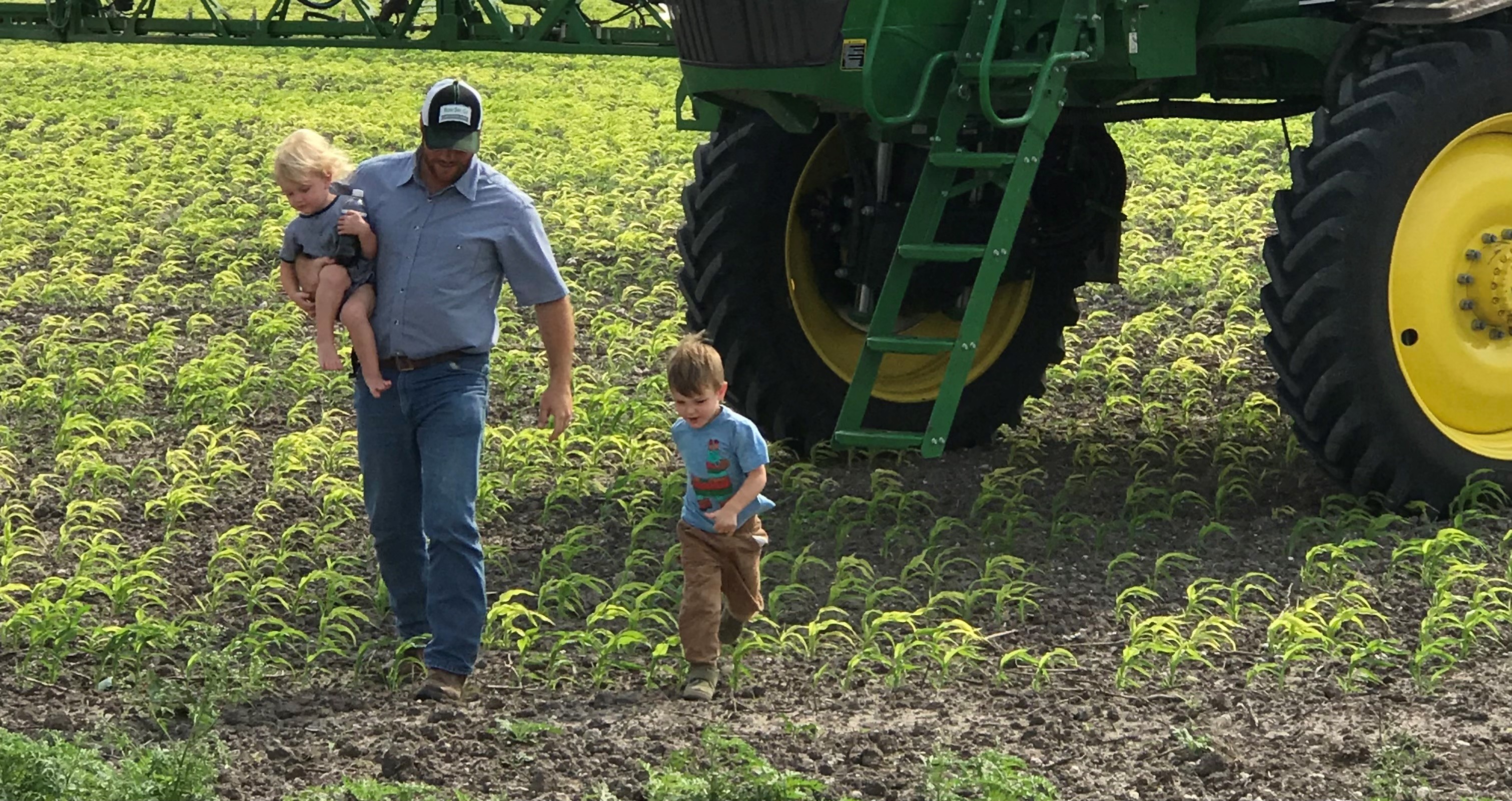Last year, Allen Hensley was talking to his friend Ryan Harlan who told him, “There has to be a better way to farm.”
The two Texas farmers were talking about farming more efficiently and profitably, with less disturbance of the soil, fewer costly synthetic inputs, and less reliance on high-dollar machinery.
“I met Ryan with his dad. We were talking about seed,” Hensley said. “Ryan is very meticulous when it comes to farming. He likes to come up with a plan and analyze things from a different angle. He will run a scenario by me, and I will present the ‘what ifs.’ We really became good friends because of that.”
Trust, sharing new ideas, and presenting opportunities is at the core of their friendship and that is why Hensley immediately thought of Harlan when he learned about the Agoro Carbon program from Del Ficke, co-founder of the Graze Master Group, “Ryan seemed like he really fit the bill for the type of farmers the program applies to. He has an innovative mind and is always searching for the next thing to improve farming in his area and is just overall forward-thinking.”
“When I talked to him a year ago, Ryan was starting to move away from conventional tillage and we started talking about different scenarios that include more cover crops and less synthetic inputs,” Hensley explained.
“I was also learning more about the Graze Master Group from Del Ficke and Agoro Carbon is one of their many diverse partners,” Hensley went on. “The more Del filled me in about Agoro Carbon, I knew it was a natural fit for Ryan.”
Agoro Carbon Alliance offers farmers and ranchers a network of partners to help in the transition of their operation to more conservation practices. The company offers access to the carbon marketplace and income through quality verified carbon credits, provides long-term benefits to production, and minimizes risk.
“I told Ryan the Agoro Carbon program is a no-brainer for a farmer just starting to change. It’s common sense. You can bring in Agoro Carbon and the Graze Master Group and you have a support network right there as you change directions and improve the health of your farm,” Hensley reiterated.
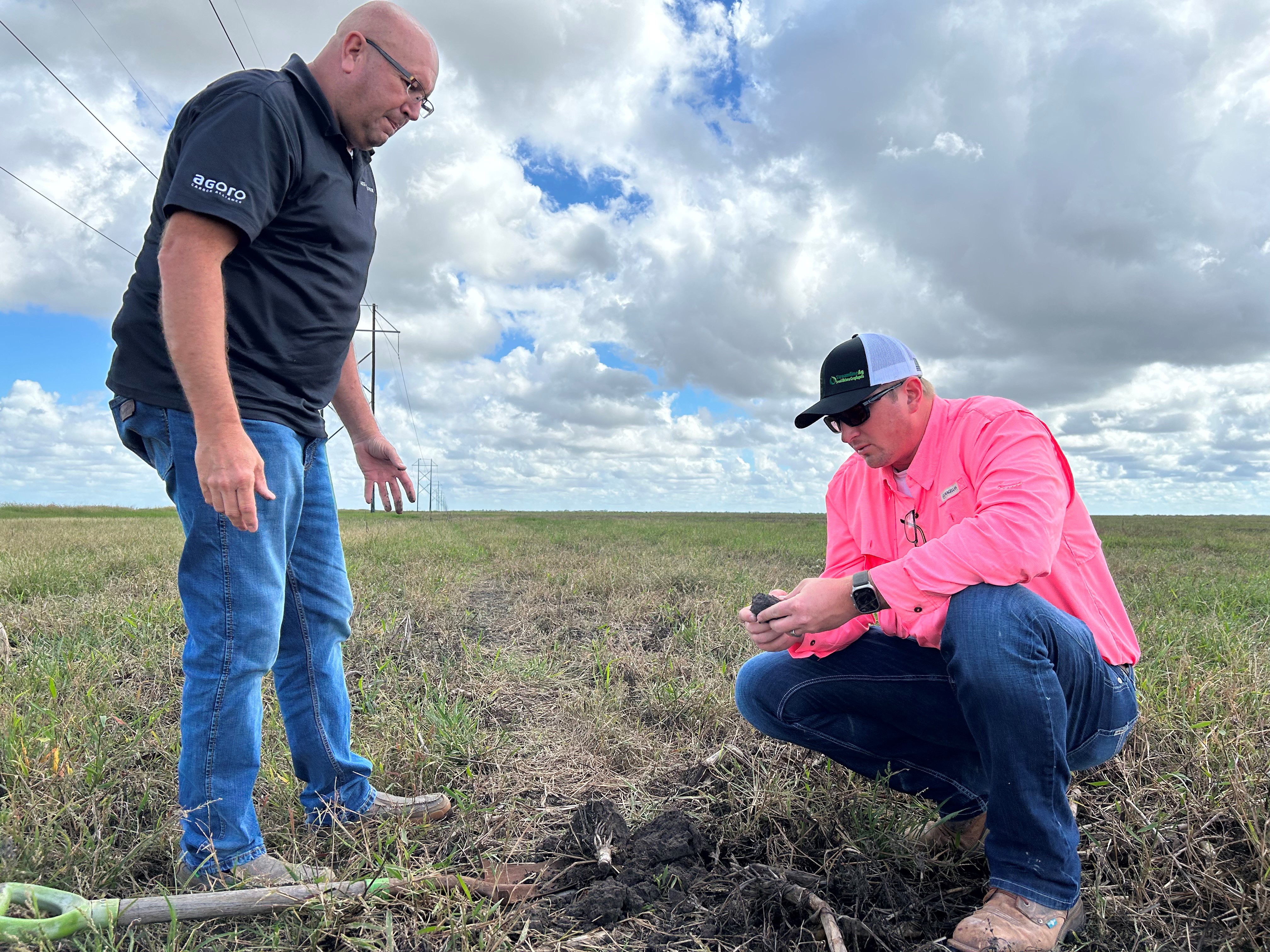
Ryan Harlan’s Farming Story –
Nueces County Texas
“I am definitely turning heads,” Harlan said about the 9,000 acres under his management that he has earned since farming as a child with his dad Steve and grandpa Jack. “I grew up in Bishop, Texas in a little town of 3,000 people or so. We grew up in town, but we’d go out to the farm and work all the time. It’s the only job I have ever known, working on a farm. Today, my wife Robyn and I and our two kids – Bodie and Hattie are the fifth generation on the farm.”
“I have always enjoyed it and it has always been what I have wanted to do. It’s very rewarding planting a seed and watching it grow,” Harlan said with the heart of a farmer.
After graduating from high school, Harlan headed to the University of Texas in Austin where he earned his bachelor’s in business management, “My parents (Steve and Shana) both said the farming can be here for you, but you need to go off and get some education and experience. That’s why I chose a degree that is fairly universal. They were correct in giving me that advice.”
Farming always pulled on his heart though and Harlan was soon back home helping out after college. He eventually met a beautiful lady named Robyn at his cousin’s shower. Harlan would stop and see his future bride on the way to visit the family ranch land near Jourdanton, Texas. The couple was married on May 11, 2013, with a baby on the way two years later.
Back in 2011, after Harlan had just met Robyn, he was looking for a house to buy and came across a piece of land, “I told my stepdad John Prukop and mom about it. My stepdad said, ‘Buy the land, but don’t buy the house.’ I told him I didn’t have the down payment. He said just farm it and I will give you half the down payment and you pay me back when you can. So, I bought the land instead of the house and my mom and stepdad leased me 460 acres on top of the 160-acre farm I had also bought. He gave me great advice saying I needed to do that so I could get a loan and build farming history up with the bank so when it came to buy my father and grandfather out I could do it.”
“I was trying to do what I could to be a better farmer,” Harlan said about balancing farming his own 620 acres along with working full time for Harlan Farms. “I just kept getting a little more land on my own and in 2021, I was farming 2,400 acres on the side and still helping manage Harlan Farms that was around 6,800 acres at the time. My time was spread very thin.”
“All that was taking place and then dad and grandpa said, ‘We’re ready to sell out.’ Because of my stepdad’s advice, I had a 10-year relationship with the bank, and I went to them, and they said, ‘Yes, let’s do it.’”
Today Harlan is farming just over 9,000 acres all in Nueces County with the help of his trusted team that he said he can’t live without, “Robyn is the backbone of the family. We have six employees that work with us on the farm. My cousin Andrew Harlan works with me and Alberto Castro, who has been working with the Harlan family for 45 years. Those are two people I really rely on with decision making, and just talking about different scenarios. I put a lot of trust in them. Everyone working with us is so very important.”
Harlan’s farming goals are to be about a one-third split between corn, milo, and cotton, “Those are the resilient crops in our area. I have cut back my cotton acres compared to a lot of guys around here. A lot of that had to do with the dry planting season and getting the cotton out of the ground. The input costs are through the roof too, from planting the seed to taking care of it to harvesting and having to worry about a hurricane or heavy rains.”
The average rainfall in his area is around 25 inches, “It’s the hottest in August and early September. It can get upwards of 105 degrees with high humidity. It’s just miserable. You can cut the air with a knife. Our coldest time is January to February, but we don’t catch a really hard freeze except for maybe every eight to 10 years. That makes the weeds very hard to keep under control, but it also means we have a long growing season with a lot of opportunities.”
Seeking new opportunities and ideas is why Harlan met Hensley, “Dad and I were looking for some different hybrids that were honestly a little cheaper that would work in our area. Allen had just started selling Rob-See-Co and he pointed us to some tough hybrids that worked in dry climates. We relied on his expertise as far as what to plant and where to plant. He really helped us a lot that first year, and every year since then. He has become one of my best friends, and a big reason is because we think so much alike.”
With progressive and open minds, Harlan and Hensley were talking about farming differently all the time, “I was constantly asking myself, ‘How can I be more sustainable and leave farming better than when I came into it?’ I knew if we kept farming the conventional way, we weren’t going to be productive in maybe 50 years or less. The climate is changing, and we really need to understand how to adjust for more extremes in temperature and rainfall. The way we’ve been able to make crops grow the last seven years is relying on the majority of our rainfall in one or two big rains. You catch that five or six-inch rain and you need to be very ready because it’s going to get very dry again.”
Readiness also comes in the form of figuring out the tillage and cover crop program that works, “All signs point to minimum till, no-till, and incorporating cover crops as the future of farming. It comes down to how you can make it work in our area because farmers have tried and failed. It’s figuring out when to plant cover crops, when to shut them off, and how you work in a cover crop that fits your rainfall.”
“We’re also trying to find out which legumes work, and which warm season grasses will work,” he went on. “It has been very quick learning. And, with all the cotton planted around here there is (chemical) drift from all the spraying. So, we’re still searching for the right cover crop mix, and it may be one that works behind milo, one behind corn, and yet another one behind cotton.”
This is why he said Agoro Carbon has made so much sense the first year the Harlan family is transitioning some of their acres to new practices, “Allen brought up Agoro Carbon to me. I had heard about carbon capture companies, but the older farmers would say, ‘We can’t capture carbon, we have to make the field black and loose and then smooth it out.’ I had done that style of farming for many years too, but I wanted to change. So, I made the switch this year.”
“If you’re going to be moving that direction anyway, look at Agoro Carbon because they can help you implement some of the changes and there is up front money to help pay for things like minimum tillage and planting cover crops. Because farmers can capture the carbon that way. You can do however much or little you want. I was heading that direction anyway so partnering with Agoro Carbon and Graze Master was a no-brainer,” he said adamantly.
One year in, Harlan is seeing changes, “We ended up doing 1,000 acres because I needed those broad acres to see if the peas I planted were going to work. One of the biggest benefits is leaving your soil structure in place and the water retention you start noticing. There is also a great increase in the number of birds, like Mourning doves.”
“When I started farming, I always told myself I just wanted to be successful,” he said, looking back. “That term is different for different people. I used to set yield goals, but that is hard in dryland farming. Then, when I started slowly thinking about minimum till and no-till farming, my mind shifted from successful to also sustainable.”
“The goal for me now is being successful with what I am doing even if it’s different than everyone else around me. By doing that, I am helping my soil profile handle the extremes between wet and dry. If I build the soil now, if Bodie and Hattie want to take over the farm one day, it’s set up for them. Robyn is always encouraging me too and saying, ‘If that is what you think we need to do, do it.’ It’s good to have the support of a few people in my family and friends like Allen Hensley because I am doing things differently out here. That’s okay though, because it fuels me if people tell me that it’s not going to work.”
